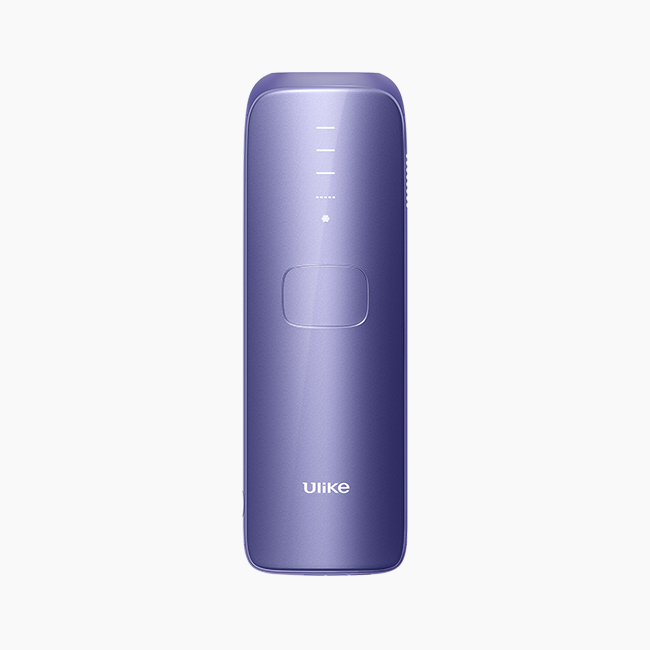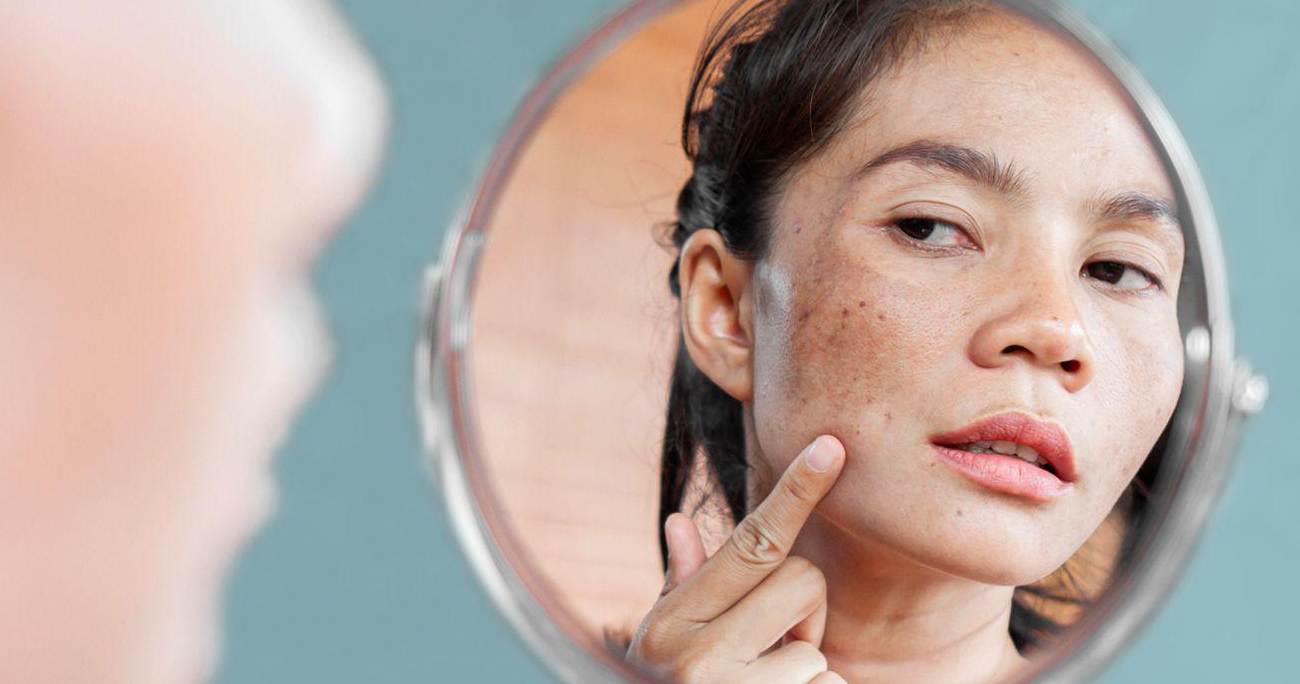Everything is going well during your laser hair removal treatment but suddenly the number of hair is increasing in number instead of reducing. What is it? Why is it happening? A sudden increase in your hair growth after 2-3 sessions of laser hair removal is commonly known as paradoxical hypertrichosis.
It might be due to thermal injury or damage to your hair follicles. There can be several reasons why the treatment is not working for you. Understanding these reasons can help you combat the condition and take steps accordingly to get rid of unwanted hair long-lastingly. let’s get into the details.
Table of Contents:
- Part 1: What is Paradoxical Hypertrichosis
- Part 2: Causes of Paradoxical Hypertrichosis
- Part 3: Is Paradoxical Hypertrichosis Long-lasting? Can it Be Reversed?
- Part 4: Treating Paradoxical Hypertrichosis
Part 1: What is Paradoxical Hypertrichosis
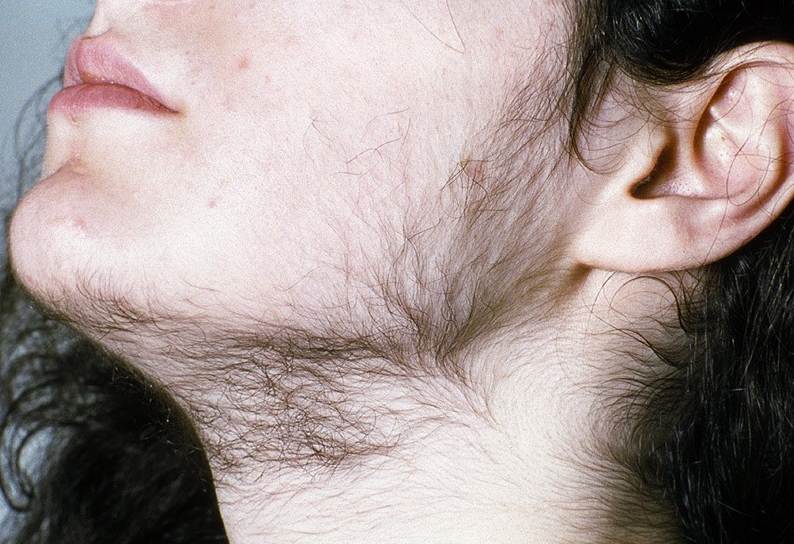 To understand the term paradoxical hypertrichosis, let’s break the term into two parts. The word hypertrichosis means “ excessive growth of body hair anywhere on your body” while paradoxical means self-contradictory or something difficult to understand.
To understand the term paradoxical hypertrichosis, let’s break the term into two parts. The word hypertrichosis means “ excessive growth of body hair anywhere on your body” while paradoxical means self-contradictory or something difficult to understand.
In paradoxical hypertrichosis, excessive regrowth of hair usually occurs after semi-long-lasting hair removal methods like laser or IPL. These methods intend to eliminate unwanted hair. However, due to any injury or trauma, they stimulate hair growth instead of stopping it.
The phenomenon is more common in darker skin types but is rare and can occur in about 6-10% of cases after laser hair removal [1].
Part 2: Causes of Paradoxical Hypertrichosis
The exact cause of paradoxical hypertrichosis is not known yet. But, certain risk factors can make you more prone to this condition. While the first two factors can generally be a reason for hypertrichosis, cosmetic procedures are the main reason behind paradoxical hypertrichosis.
Hormonal Imbalance
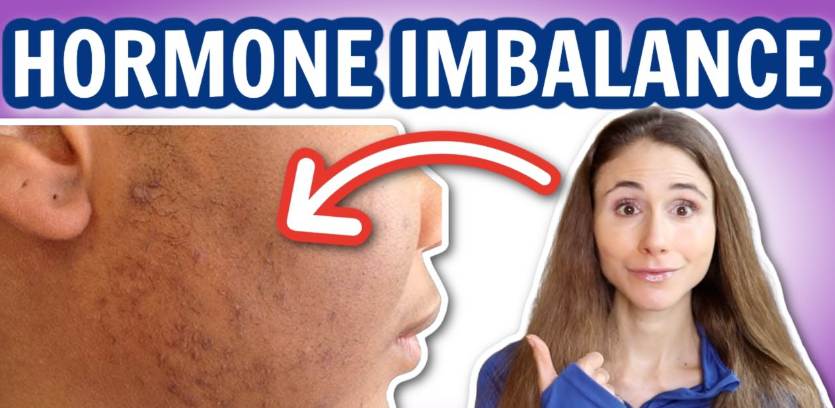 Hormonal imbalance is one of the biggest culprits of paradoxical hypertrichosis. This hormonal imbalance can be due to conditions like PCOS, or hirsutism in which there is an unusual level of androgens in the body [2]. The increased rate of androgens can cause excessive hair growth.
Hormonal imbalance is one of the biggest culprits of paradoxical hypertrichosis. This hormonal imbalance can be due to conditions like PCOS, or hirsutism in which there is an unusual level of androgens in the body [2]. The increased rate of androgens can cause excessive hair growth.
Genetic Predisposition
 Sometimes a mutation in your gene can lead to hypertrichosis or syndromes in which hypertrichosis is common. For example, Cushing’s syndrome in which there is excess androgen production that results in excess hair growth.
Sometimes a mutation in your gene can lead to hypertrichosis or syndromes in which hypertrichosis is common. For example, Cushing’s syndrome in which there is excess androgen production that results in excess hair growth.
Cosmetic Procedures
 Cosmetic procedures are the main reason behind paradoxical hypertrichosis. The phenomenon behind this is not very well understood yet. However, it is believed that the paradoxical hypertrichosis starts when the skin absorbs the excess heat. As a result, an inflammatory reaction is initiated leading to the induction of a new hair growth cycle.
Cosmetic procedures are the main reason behind paradoxical hypertrichosis. The phenomenon behind this is not very well understood yet. However, it is believed that the paradoxical hypertrichosis starts when the skin absorbs the excess heat. As a result, an inflammatory reaction is initiated leading to the induction of a new hair growth cycle.
Part 3: Is Paradoxical Hypertrichosis Long-lasting? Can it Be Reversed?
Paradoxical hypertrichosis occurs when your thin vellus hair becomes the terminal hair. Consequently, they become more noticeable. The condition occurs during your laser hair removal sessions but it may not last forever. Some experts recommend continuing the treatment sessions as the laser can reverse this condition [3].
In some cases, you don’t even need to do anything. The hair overgrowth subsides on its own without any treatment plan. It might take time but it will resolve. Anxious about overgrowth and it does not seem like it is resolving? It can also be reversed. There are some treatment options available for paradoxical hypertrichosis like medications, Non-invasive procedures, and even some hair removal methods. Let’s discuss them in the next section.
Part 4: Treating Paradoxical Hypertrichosis
Medical Interventions
Topical Creams
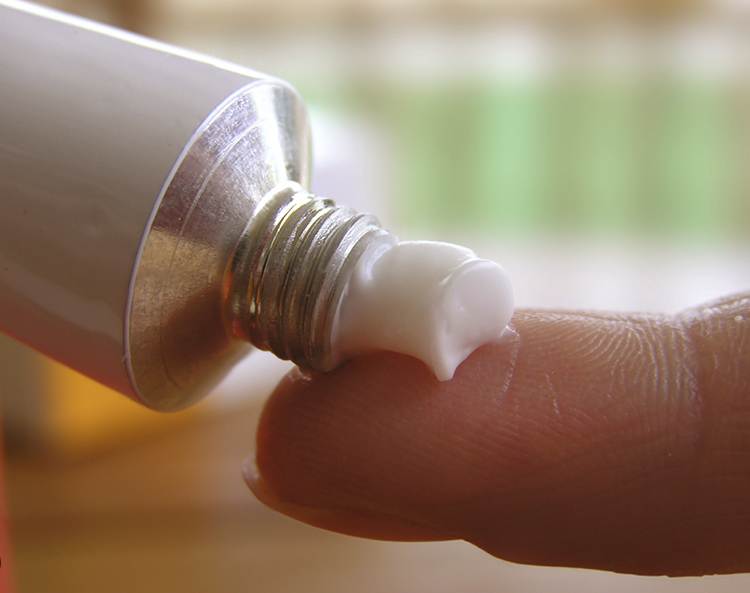 Can topical creams help with paradoxical hypertrichosis? They cannot influence the condition in any way but they can reduce the number of hair on your body. Also, topical creams can be used to soothe your skin exposed to photo injury. In this way, we can reduce the hairy appearance of our bodies.
Can topical creams help with paradoxical hypertrichosis? They cannot influence the condition in any way but they can reduce the number of hair on your body. Also, topical creams can be used to soothe your skin exposed to photo injury. In this way, we can reduce the hairy appearance of our bodies.
One of the topical creams that helps with hair removal is Vaniqa. On application, its chemicals reach deep into your skin thus slowing down hair growth.
Medications
 Paradoxical hypertrichosis itself does not have any medical treatment but we can treat the underlying condition that can cause paradoxical hypertrichosis. For instance, hormonal imbalance can be treated with medications. Depending upon the type of hormone involved, your doctor may prescribe you oral or IV medications.
Paradoxical hypertrichosis itself does not have any medical treatment but we can treat the underlying condition that can cause paradoxical hypertrichosis. For instance, hormonal imbalance can be treated with medications. Depending upon the type of hormone involved, your doctor may prescribe you oral or IV medications.
Non-invasive Procedures
Some non-invasive procedures can help with paradoxical hypertrichosis by reducing hair growth. These procedures work on getting rid of your hair without any tool physically entering your skin. They include laser hair removal, IPL, and electrolysis. To know their details, continue with the next section.
Long-Term Hair Removal Methods
Laser, IPL, and electrolysis are long-term hair removal methods that keep you hair-free and let you enjoy all the privileges of wearing your favorite dresses. Let’s discuss how each of these methods can help with your problem.
Laser Hair Removal
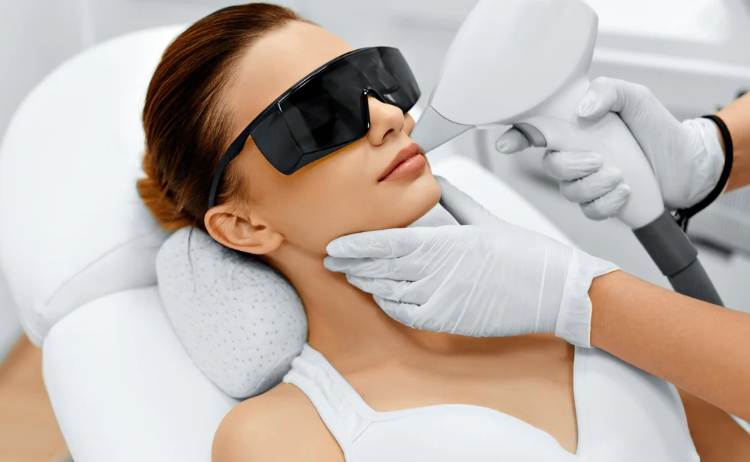 Laser hair removal is one of the main reasons for paradoxical hypertrichosis however continuing the treatment can aid in resolving the issue as well. The laser can cause thermal injury during the procedure so it can be minimized by using cooling aids and decreasing the duration of the pulse.
Laser hair removal is one of the main reasons for paradoxical hypertrichosis however continuing the treatment can aid in resolving the issue as well. The laser can cause thermal injury during the procedure so it can be minimized by using cooling aids and decreasing the duration of the pulse.
Moreover, customizing the laser hair removal treatment according to each individual’s body can also help in preventing the risk factors for paradoxical hypertrichosis. For instance, Nd: YAG laser is suitable for dark skin as it can penetrate deeper into the skin. Moreover, it has less melanin absorption rate so it can prove effective in hair removal without damaging your skin.
IPL
 IPL hair removal refers to the use of intense pulsed light to eliminate unwanted hair from the body. It can also cause paradoxical hypertrichosis but as long as your skin conditions are determined thoroughly, you can save yourself from the condition.
IPL hair removal refers to the use of intense pulsed light to eliminate unwanted hair from the body. It can also cause paradoxical hypertrichosis but as long as your skin conditions are determined thoroughly, you can save yourself from the condition.
It depends on how experienced your practitioner is. Furthermore, addressing your hormonal issues before the treatment should also be your main concern before the treatment. In this way, you can save yourself from the risk of developing paradoxical hypertrichosis. After a successful treatment, the results for IPL lasts for 6 months to 1 year.
You can also use at-home IPL devices like Ulike Sapphire Air 3 to enjoy the benefits of long-lasting hair removal. To know about their safety, click Are IPL Hair Removal Devices Safe at Home?
Electrolysis
 Electrolysis works independently of color-inducing pigment so it cannot cause paradoxical hypertrichosis. On the contrary, it can help with the condition by eliminating the unwanted frequent hair present on your body.
Electrolysis works independently of color-inducing pigment so it cannot cause paradoxical hypertrichosis. On the contrary, it can help with the condition by eliminating the unwanted frequent hair present on your body.
During the procedure, a thin needle is inserted into your hair follicles that damages them and prevents their further growth. This causes long-lasting damage so you can expect a long-lasting hair reduction. The results can vary from person to person and you might need occasional touch-ups.
Furthermore, the procedure does not stimulate hair growth but redness and inflammation after electrolysis is a given. So, prepare yourself accordingly.
Want to know more about electrolysis? Read Is electrolysis hair removal painful? Is it safe or dangerous?
Surgical Options
Paradoxical hypertrichosis either goes away on its own or the hair growth can be controlled using a non-invasive procedure. There are no surgical management options for this condition till now if it is due to laser or IPL hair removal.
On the other hand, if it is due to other conditions like PCOS then you can consider the surgical option. Controlling the conditions even by surgeries might control the androgen level which can further prevent or minimize the occurrence of hypertrichosis.
Additionally, if you have any tumors that stimulate the production of androgen then removing those tumors with surgical methods can also be helpful to contr hair overgrowth.
Conclusion
Paradoxical hypertrichosis is a condition of hair overgrowth that results from to stimulation of the hair growth cycle. External agents like heat from a laser device can trigger this condition. PCOS, hyperandrogenism, or congenital conditions like Cushing’s syndrome are some of the other risk factors for hair overgrowth.
But don’t you worry? It is not long-lasting and can be treated with hair removal methods like laser, IPL, and electrolysis. There are no surgical procedures or medications to treat it but you need these medications and surgeries for treating the risk factors for paradoxical hypertrichosis.
References
[1] Abdulmajeed Alajlan, Jerry Shapiro, Jason K Rivers, Nina MacDonald, Judy Wiggin, Harvey Lui: Paradoxical hypertrichosis after laser epilation. Journal of the American Academy of Dermatology, Volume 53, Issue 1, 2005.
(https://www.sciencedirect.com/science/article/pii/S019096220500722X)
[2] Ye, Wenting, et al. “The role of androgen and its related signals in PCOS.” Journal of Cellular and Molecular Medicine vol. 25,4 (2021): 1825-1837. doi:10.1111/jcmm.16205
https://www.ncbi.nlm.nih.gov/pmc/articles/PMC7882969/
[3] Snast I, Kaftory R, Lapidoth M, Levi A. Paradoxical Hypertrichosis Associated with Laser and Light Therapy for Hair Removal: A Systematic Review and Meta-analysis. Am J Clin Dermatol. 2021 Sep;22(5):615-624. doi: 10.1007/s40257-021-00611-w. Epub 2021 May 31. PMID: 34057666.

